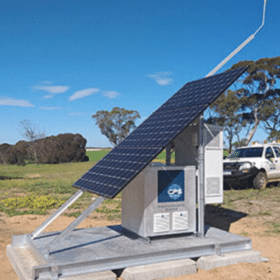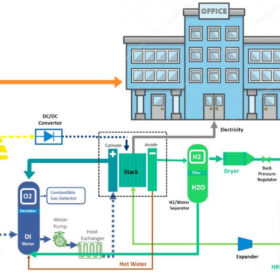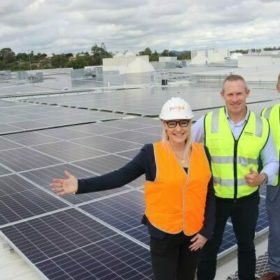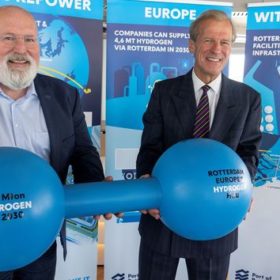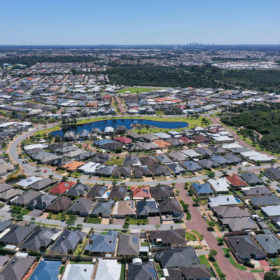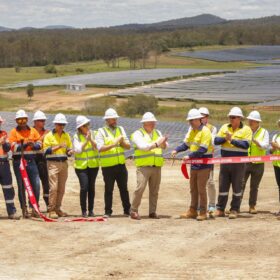Interview: Maxeon’s Mark Babcock talks sustainability, traceability, and what makes the Australian market so exciting
Singapore-headquartered solar manufacturer Maxeon Solar Technologies, which sells in Australia under the SunPower Maxeon brand, announced in May that it was launching its new holistic energy management system in Australia in the third quarter of 2022. pv magazine Australia sat down with Maxeon Solar Technologies’ chief revenue officer Mark Babcock in Munich, Germany, at Intersolar 2022.
‘Clear winds of change’ in Southeast Asia
After a decade of under-delivering on its potential, there are changes afoot in Southeast Asia’s renewable energy development, says Assaad W. Razzouk, the CEO of Singapore-based developer Gurin Energy. Razzouk points to success stories in the region and notes that political will and clear regulations for developers are needed.
Standalone power system to be allowed in the NEM from August
The Australian Energy Regulator has begun consultations to allow distributor-led standalone power systems (SAPS) to become part of the national electricity system. Proving highly successful in Western Australia, these SAPS could soon be properly rolled out in the east.
Cost comparison between lithium batteries, fuel cells, reversible solid oxide cells as storage for off-grid rooftop PV
Scientists in the United Arab Emirates have looked at how off-grid rooftop PV could be combined with batteries, fuel cells or reversible solid oxide cells for energy storage. The modelling assumed a typical commercial building in Los Angeles.
Shopping complex switches on massive rooftop solar system
The switch has been flicked on what has been labelled one of the Southern Hemisphere’s largest rooftop solar PV systems with Queensland government-owned Yurika announcing an almost 5MW system installed atop the Logan Hyperdome Shopping Centre is now operational.
Hydrogen fuel cell without precious metals developed, Australia’s global importance underscored in Rotterdam
A team of researchers from the University of Wisconsin-Madison, Cornell University, and Wuhan University have presented a completely precious metal–free alkaline fuel cell with enhanced performance using a carbon-coated nickel anode. Meanwhile, the Port of Rotterdam has offered to supply northwestern Europe with 4.6 million tonnes of hydrogen by 2030. According to RMI, Europe will import green hydrogen between 2024 and 2030. RenewableUK sees room for hydrogen exports from the UK to the EU.
Heat-storage building material to passively cool PV systems, batteries
German researchers have developed a new shape-stabilised phase change material with the ability to store up to five times more thermal energy than commercially available phase change materials (PCMs).
VPP pilot provides glimpse of future in DER-rich grid
Western Australia has been offered a glimpse of its energy future with the $35 million Project Symphony aggregating its first package of residentially generated energy and successfully participating in a simulated two-way Wholesale Electricity Market.
Weekend read: Australia’s looming solar cliff
Some believe Australia has begun to tip over the “solar cliff,” reaching penetrations that are becoming disruptive to the balance of the grid and to the business models of solar companies themselves. Following notable exits from the market, alarm bells are ringing for solar companies to offer more than just solar installations, writes pv magazine’s Bella Peacock.
UL releases modelling software for utility scale energy storage
The software, called HOMER Front, is designed for standalone or hybrid solar or wind-plus-storage applications, aimed at maximising revenue streams.


